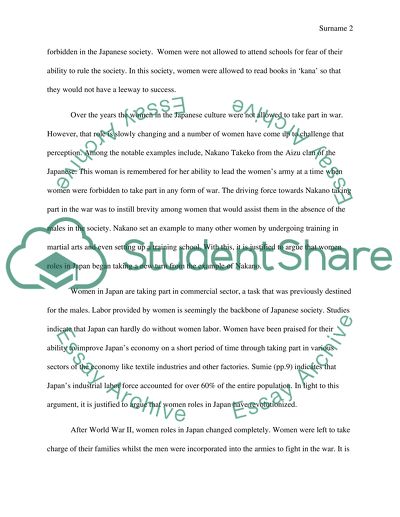Cite this document
(“The changing role of women in Japanese history Research Paper - 1”, n.d.)
Retrieved from https://studentshare.org/history/1585364-the-changing-role-of-women-in-japanese-history
Retrieved from https://studentshare.org/history/1585364-the-changing-role-of-women-in-japanese-history
(The Changing Role of Women in Japanese History Research Paper - 1)
https://studentshare.org/history/1585364-the-changing-role-of-women-in-japanese-history.
https://studentshare.org/history/1585364-the-changing-role-of-women-in-japanese-history.
“The Changing Role of Women in Japanese History Research Paper - 1”, n.d. https://studentshare.org/history/1585364-the-changing-role-of-women-in-japanese-history.


